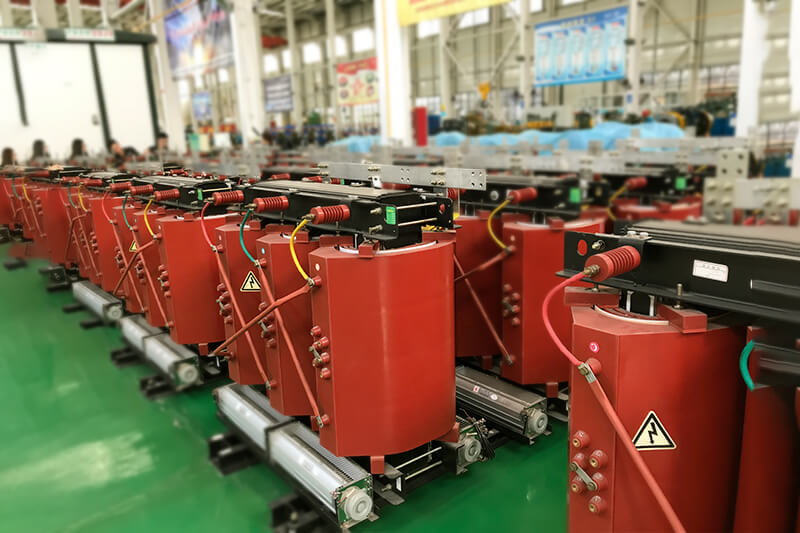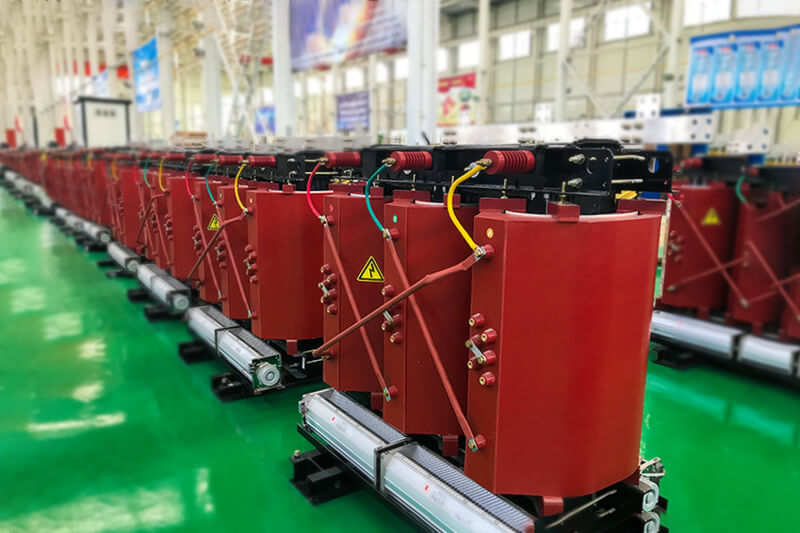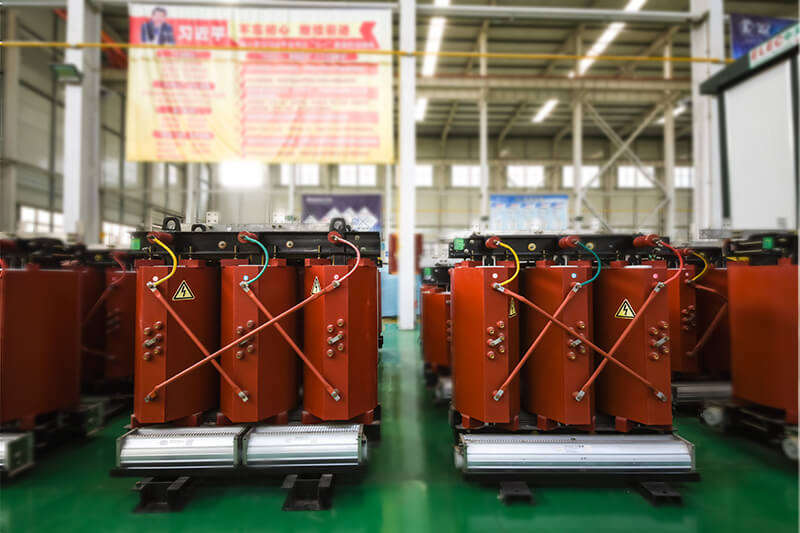Dry-type transformers are widely expected because they are non-oily and have reduced the fire resistance rating of buildings. And in some special environments, only dry-type transformers can be used. For example, the standard rule, "Multi-layer or high-rise main construction substations should choose non-combustible or non-combustible dry-type transformers." Therefore, in many occasions that do not allow the use of oil-immersed transformers, such as underground, high-rise building indoors and other places with higher requirements for fire protection, can be planned as dry-type transformers. Today's epoxy resin cast dry-type transformers have overcome the problems of low heat resistance of insulation materials and susceptibility to aging and cracking of insulation materials. With the continuous development of insulation materials and the continuous improvement of data functions, its insulation heat resistance level can reach H level which is a skill index that oil-immersed transformers cannot reach. Secondly, compared with traditional oil-immersed transformers, dry-type transformers have many advantages such as oil-free, flame-resistant, dust-proof, moisture resistance and some small discharge capacity.

The features of dry-type transformer in application:
(1) The main advantage of dry-type transformers is that they are non-oily and difficult to use, which reduces the fire risk level. Able to reduce investment in fire prevention; save corresponding disaster prevention and civil investment. And because dry-type transformers have no doubt about oil leakage, the amount of repairs during normal operation of the transformer is reduced. If there is no need to regularly check the oil quality and aging, no oil change is required. Reduction of usual repair costs.
(2) Secondly, because dry-type transformers have no core operation, the room where the dry-type transformer is placed can reduce the height of the building, reducing the cost of civil engineering.
(3) Again, according to the standard rules, "high and low voltage power distribution equipment without fuel and non-oil-immersed power transformers can be installed in the same room." We usually use dry-type transformers with low voltage power distribution equipment or high voltage power The equipment is in the same room, and the independent transformer room is cancelled. This can reduce the area and save the overall cost of the project.
In engineering applications, the lack of dry-type transformers compared to oil-immersed transformers:
Compared with oil-immersed transformer, epoxy resin has relatively poor heat dissipation function. The heat dissipation function is worse than the oil radiator, which has better heat conduction.

The temperature monitoring of dry-type transformer is based on the temperature sensor embedded in the transformer body in advance. Its test point is fixed, so the temperature obtained is the temperature in a specific direction. Some of the heat that can be displayed cannot be monitored, so the temperature reflected by the monitor is not an accurate average temperature. The insulating oil of the oil-immersed transformer is movable, and the heat conduction is relatively uniform. The temperature reflected by the monitor can be regarded as the average temperature.
Compared with the easy repairability and recoverability of the function of the oil-immersed transformer insulation oil, the insulation information of the dry-type transformer is the overall casting structure of epoxy resin, and its functional damage is not recoverable, and the insulation data has aging and accumulated defects defect. In the event of a fault, the transformers will become obsolete.
The manufacturing technology of dry-type transformers is messy and the overall price is higher than that of oil-immersed transformers.
When the oil-immersed transformer is obsolete, it can be disassembled into the initial data for recovery. And the dry-type transformer has poor recovery function of the old equipment. Epoxy resin cast dry-type transformers cannot be recovered now.

3. Application of dry-type transformer in engineering
Dry-type transformers have many advantages, but in order to use them properly in engineering, it is necessary to fully understand all their advantages and disadvantages. Because dry-type transformers are a new kind of product, there is still a lack of inspection at all times; doubts about insulation aging. Nowadays, some data are only laboratory data, and there is no accounting for practical application data. Therefore, we must be cautious in the application of the project. Based on our understanding of using dry-type transformers in practical engineering, we summarize the following points for attention: The structure of dry-type transformers determines that its heat dissipation function is poor, so that the overload is not high.









Leave A Comment